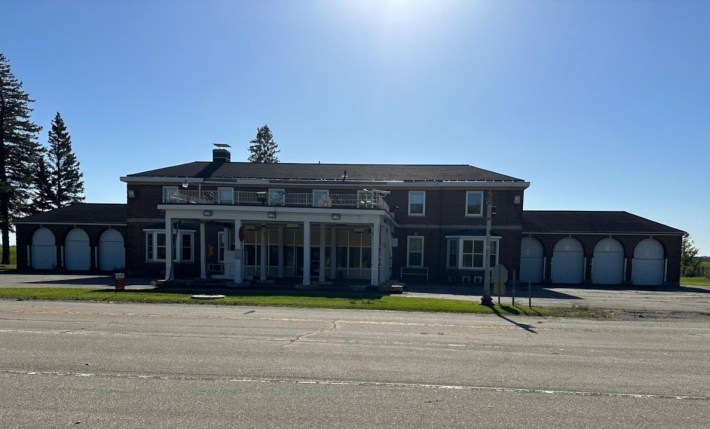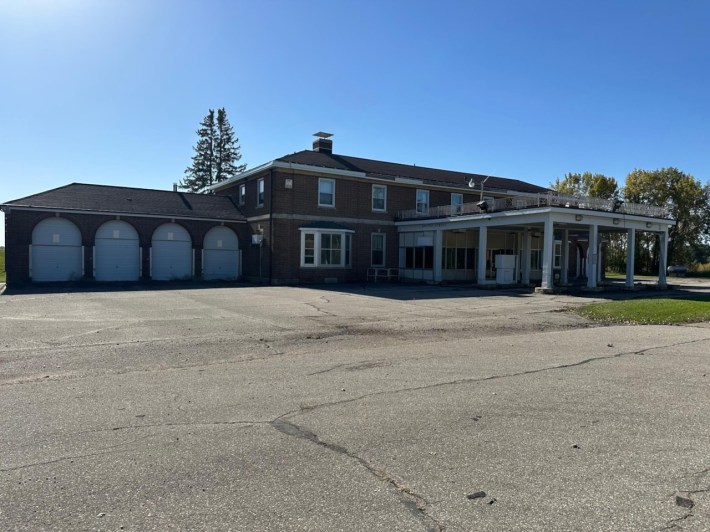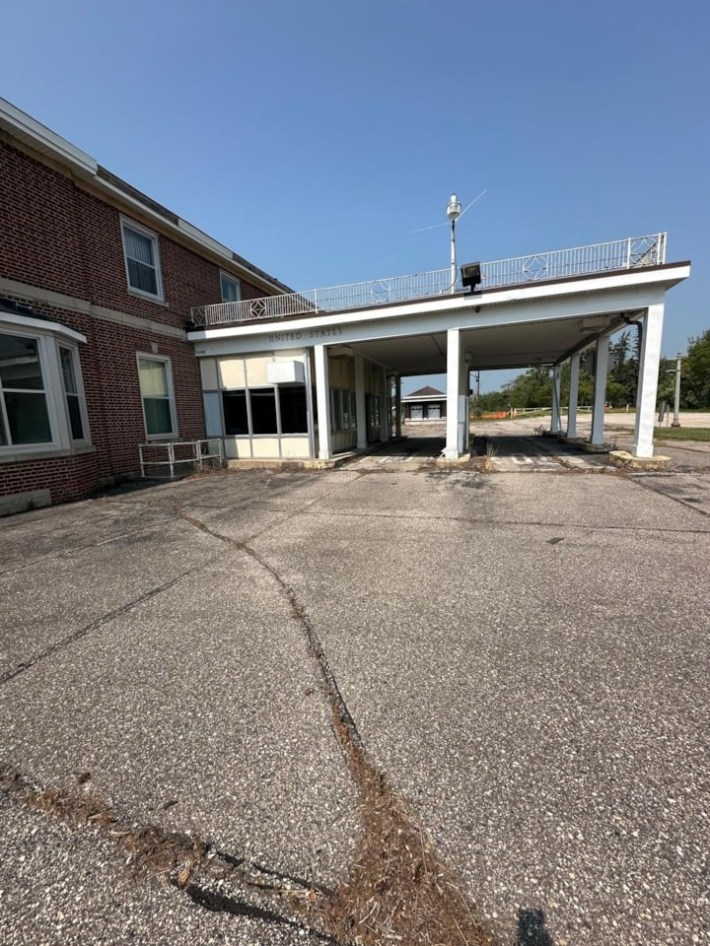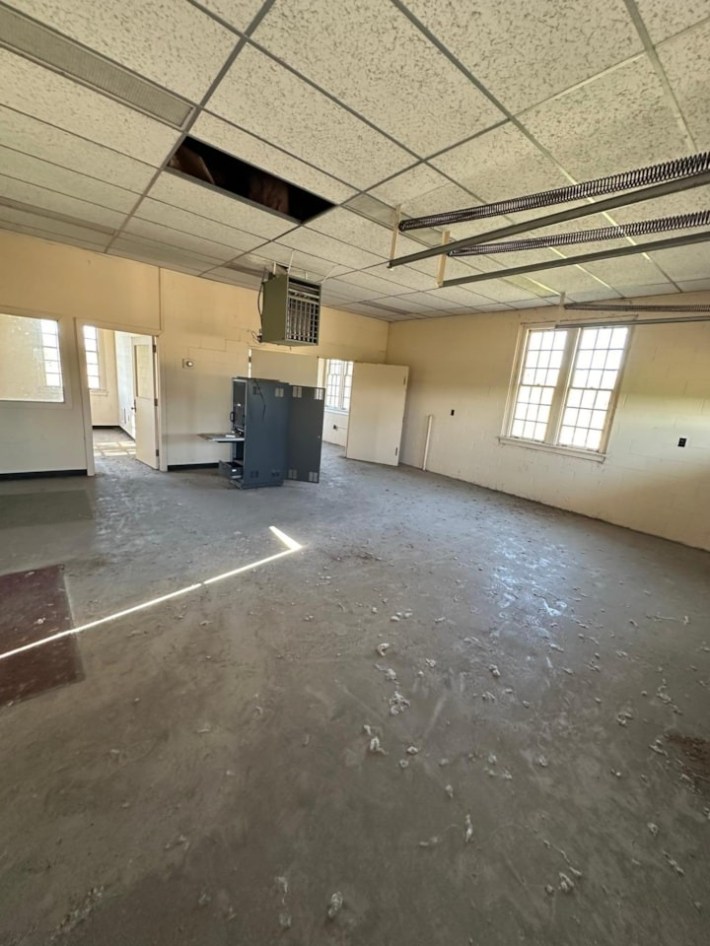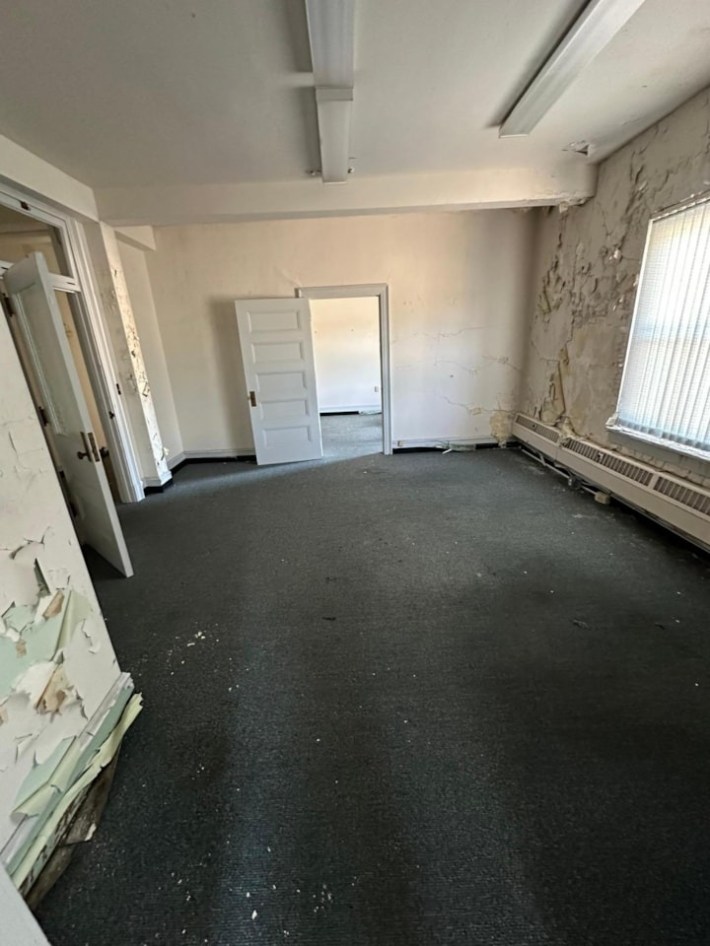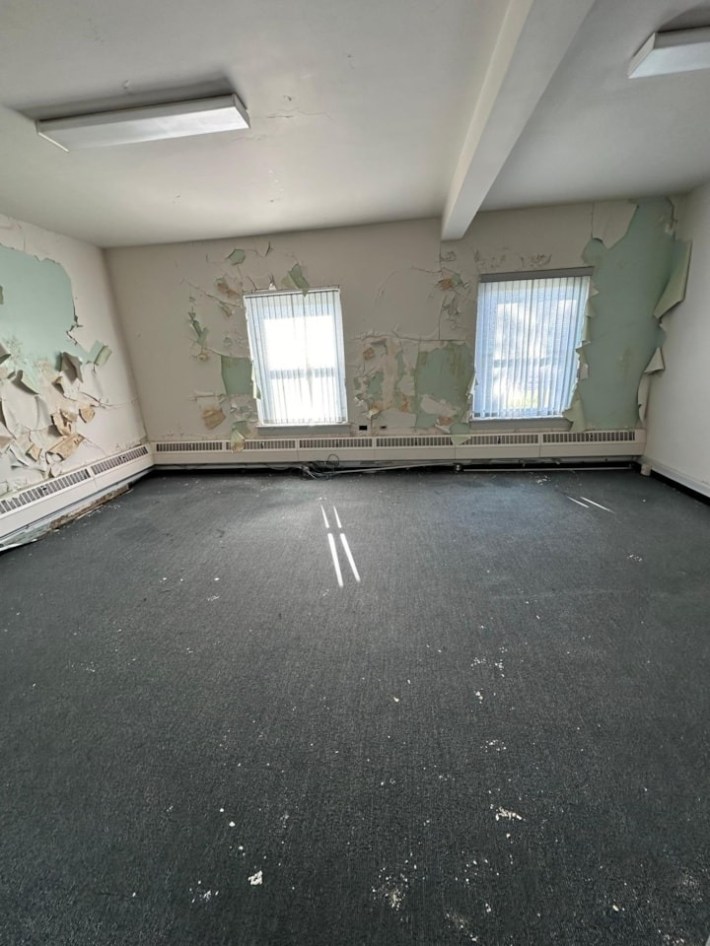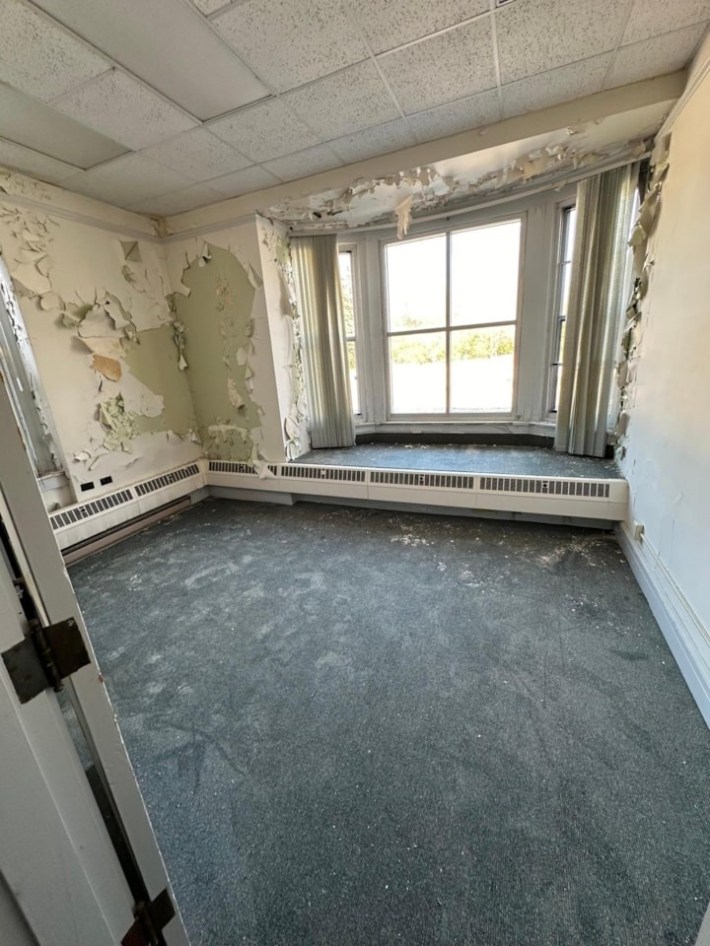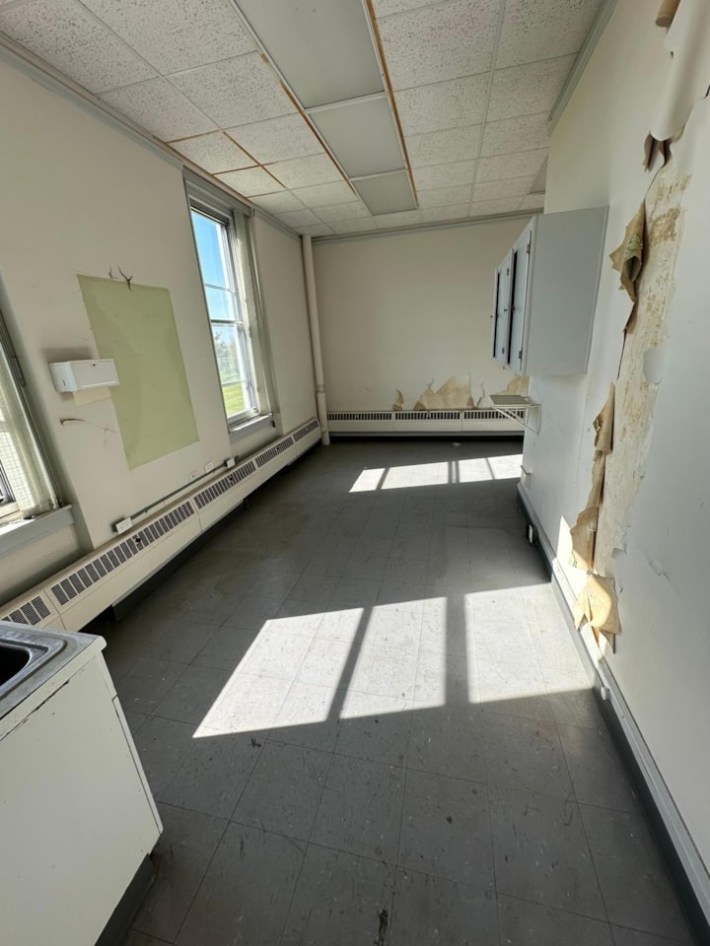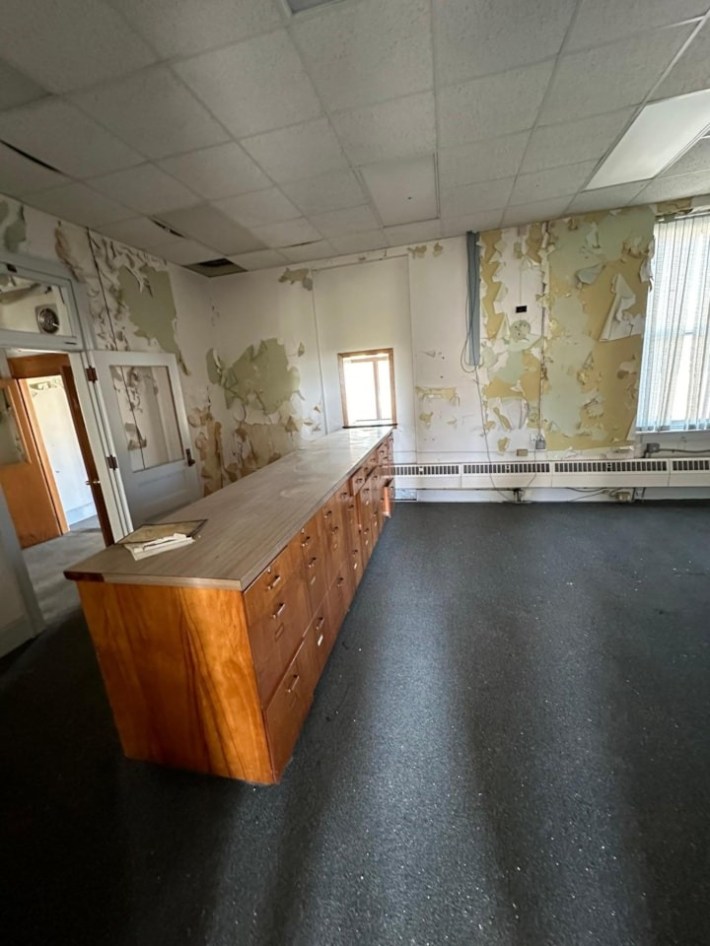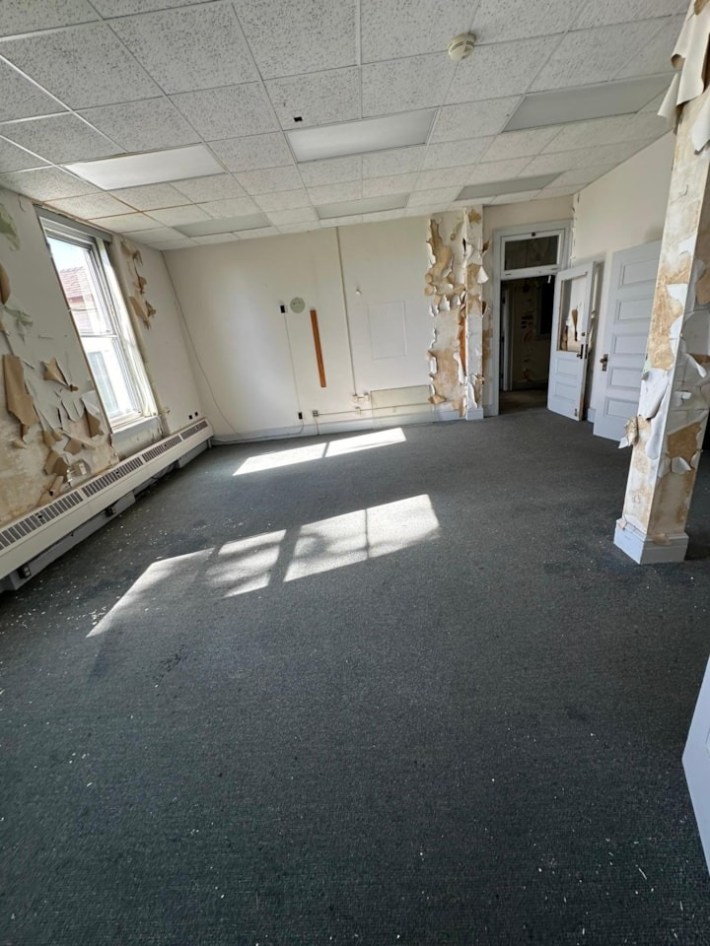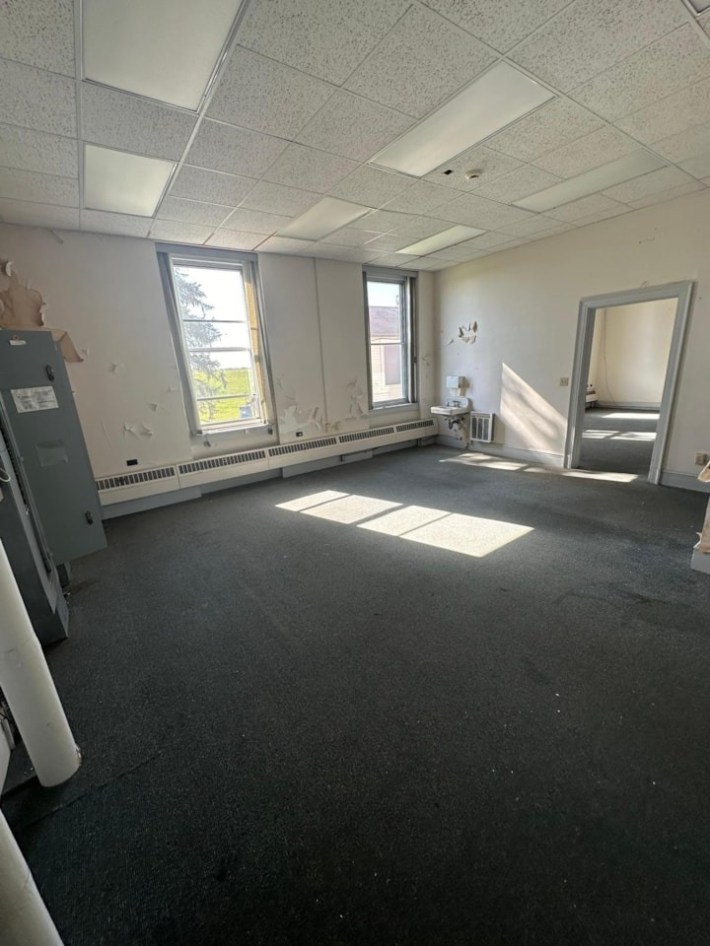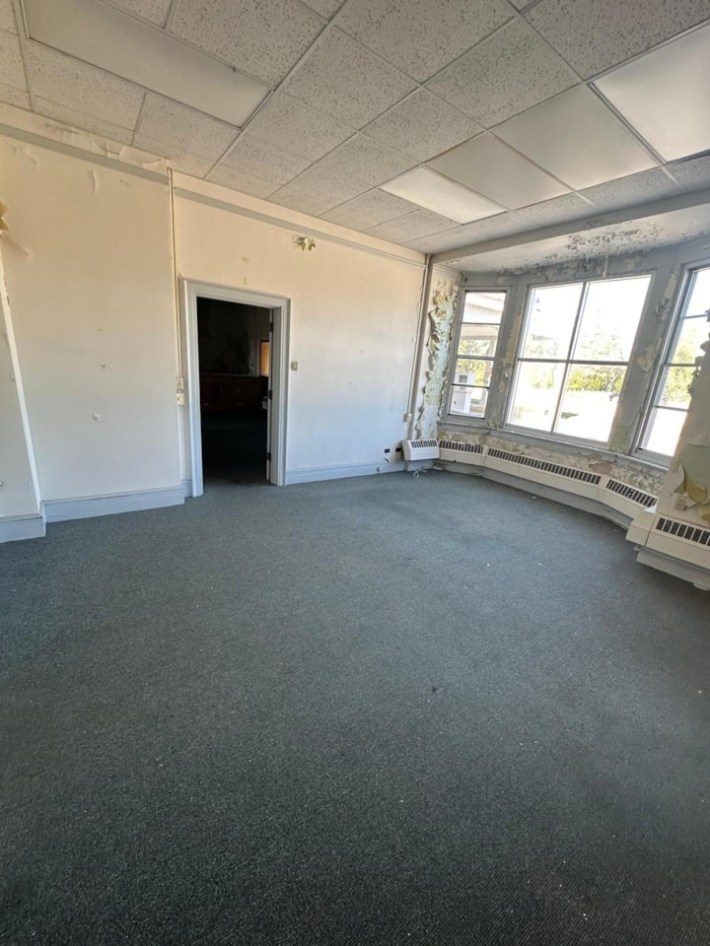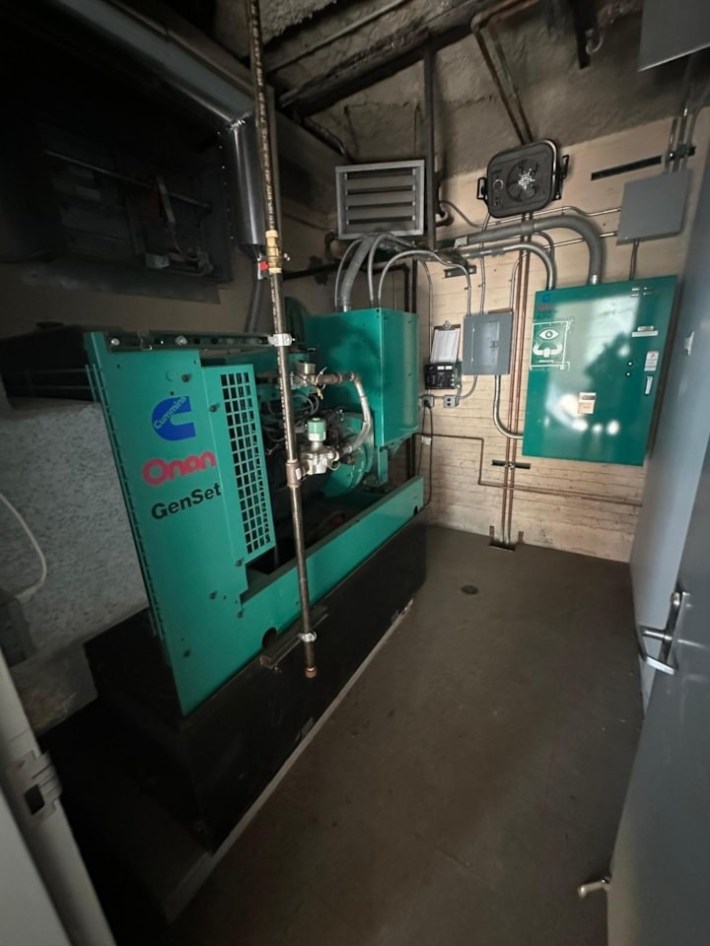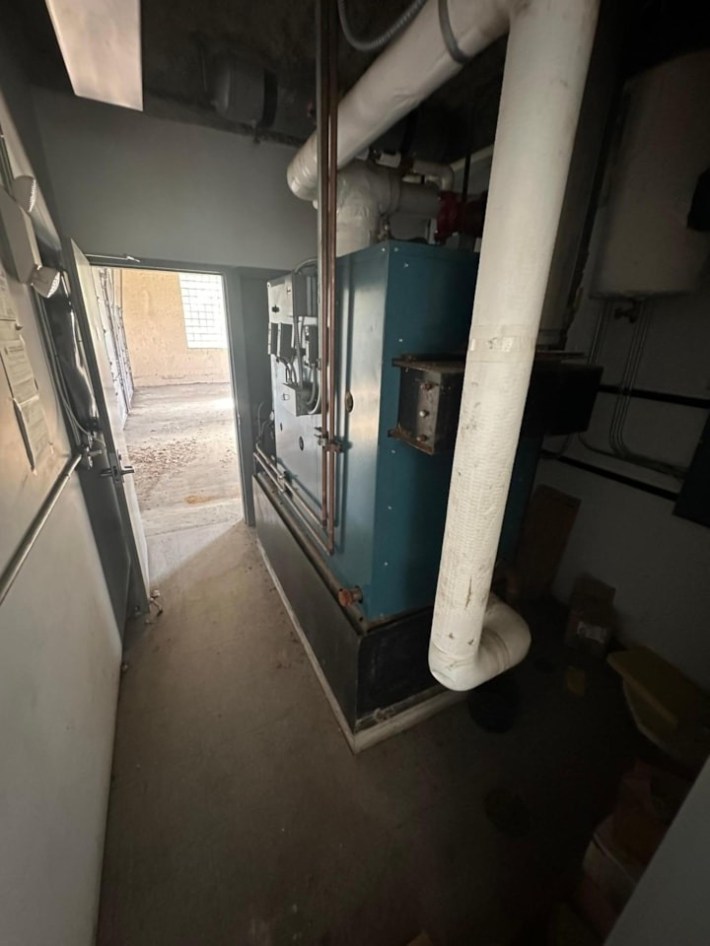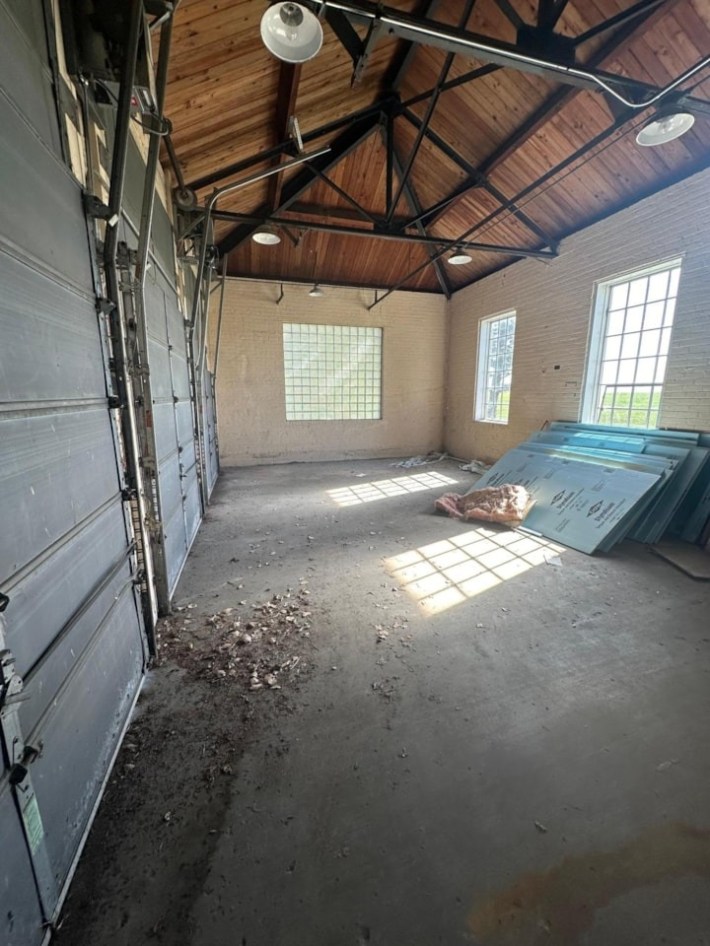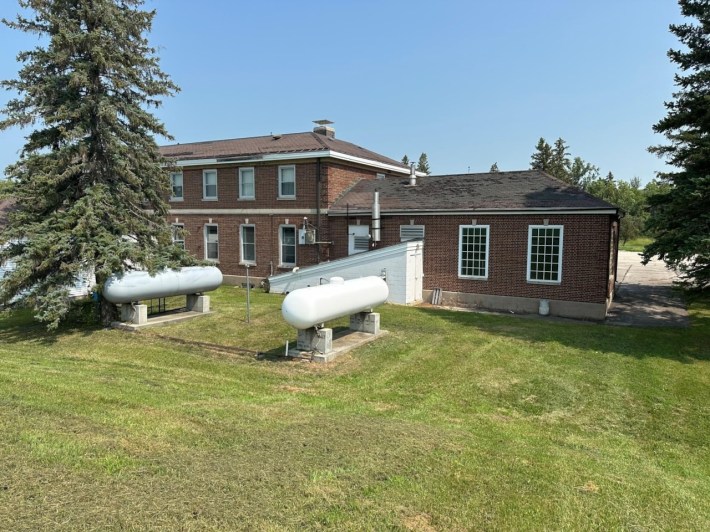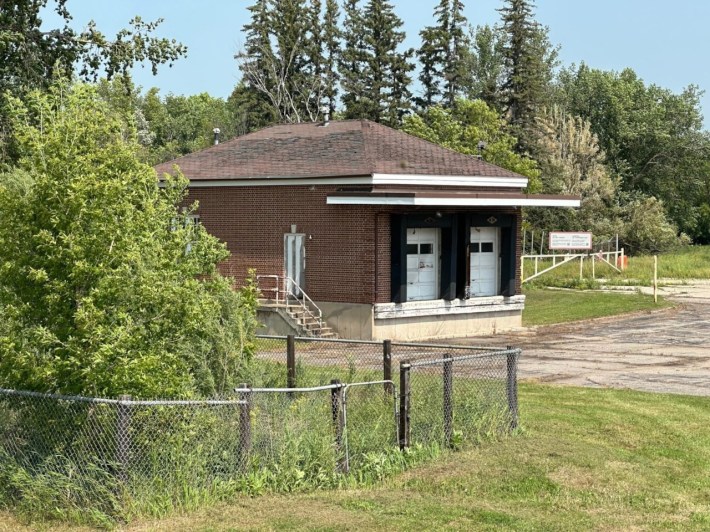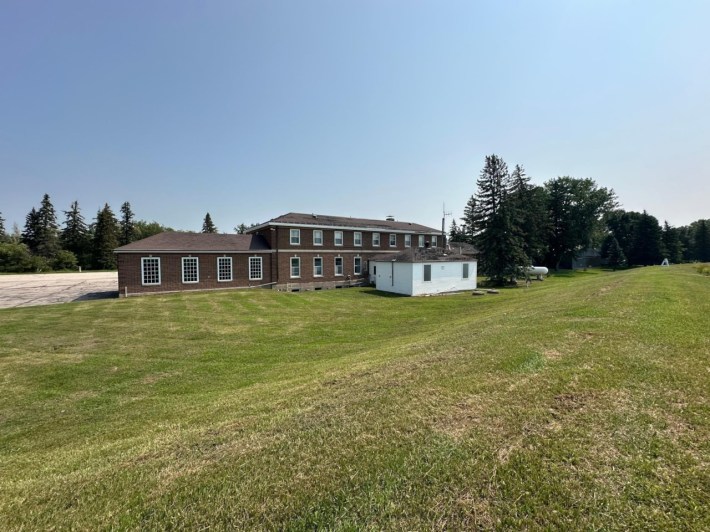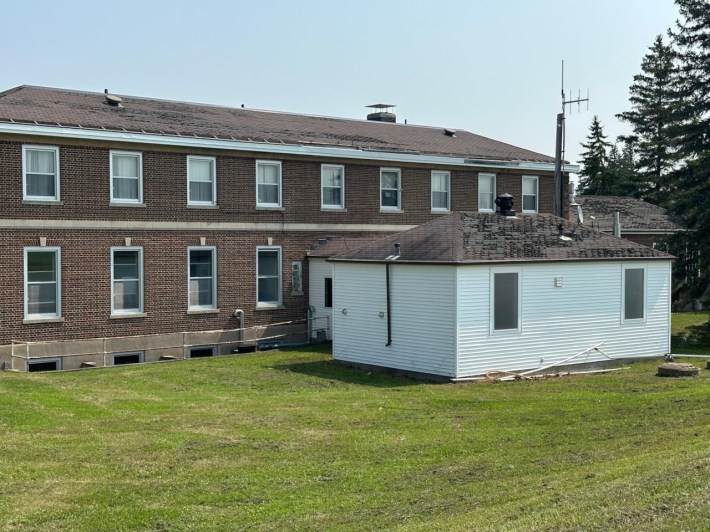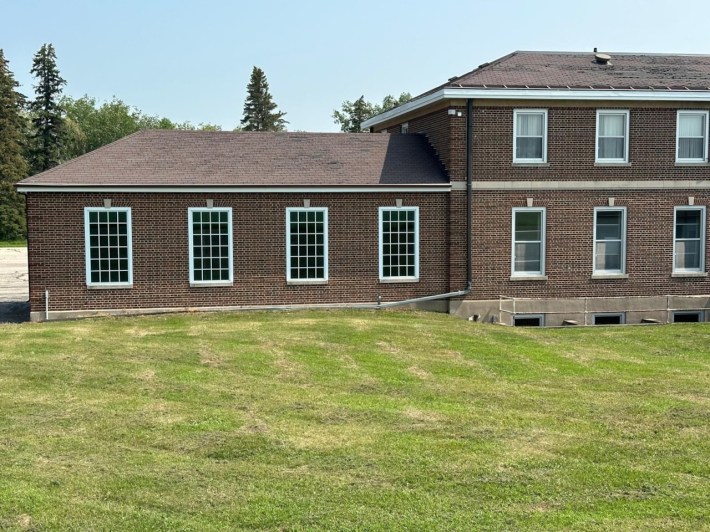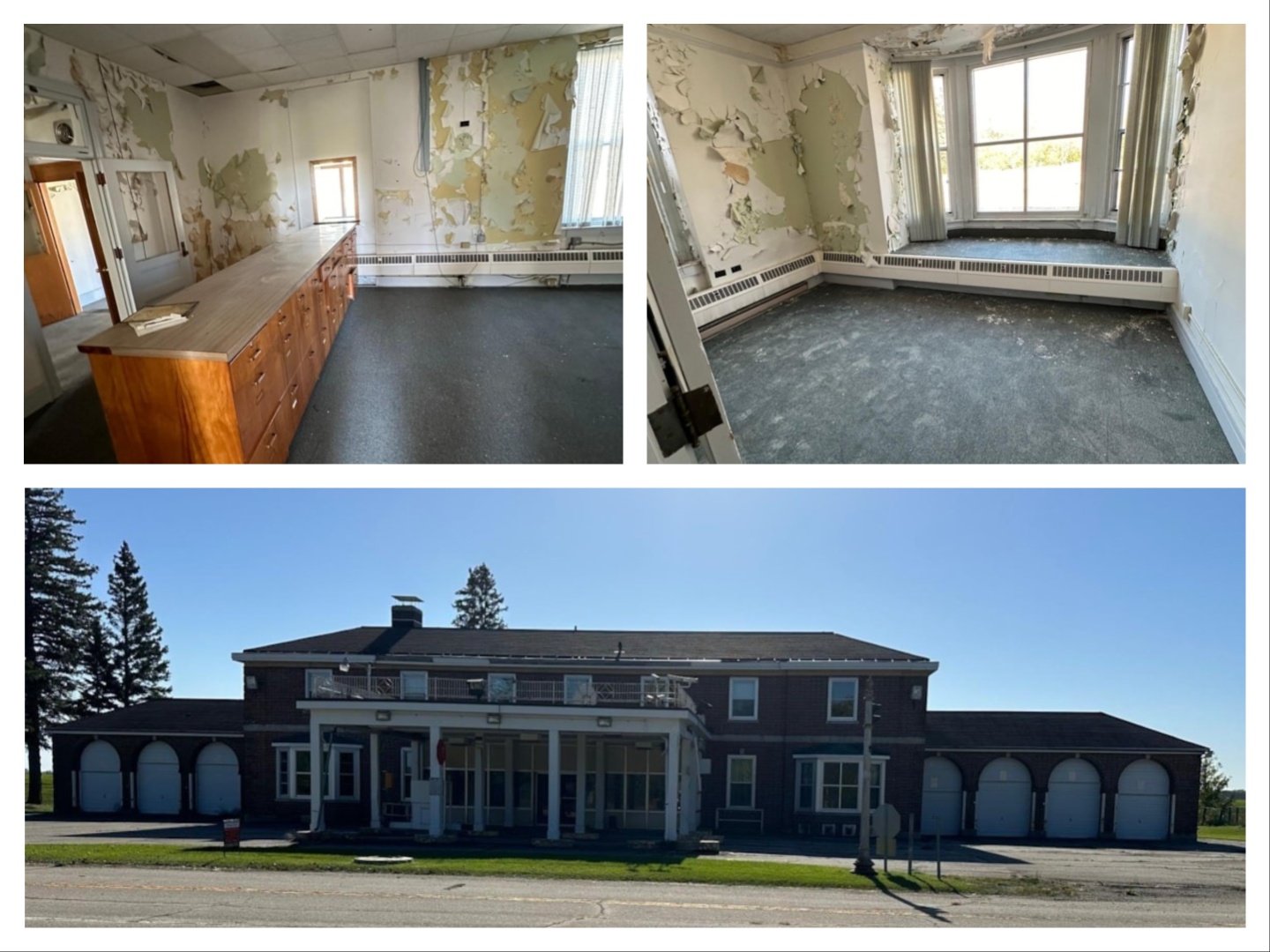Even casual observers of the 2024 U.S. presidential election know border politics are a big deal these days. But nobody seems to be talking about St. Vincent Township, a sleepy community of 54 that hugs the borders of Minnesota, North Dakota, and Canada.
That's due, in part, to the fact the ol' Noyes-Emerson East Border Crossing port of entry has been closed since 2006. Sitting lifeless along U.S. Hwy. 75, way up in Kittson County, the hulking infrastructure that facilitated border crossings for much of the 20th century hasn't been an easy sell.
Built in 1931, the 9,912-square-foot brick building first became available in 2014 via an auction facilitated by the U.S. General Services Administration. Here's a photo from that era, courtesy of the Center for Land Use Interpretation:
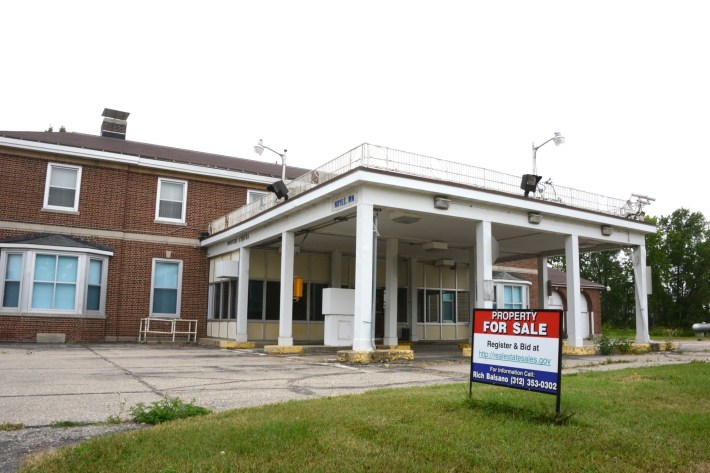
The place has been on and off the market ever since, waiting for someone to invest in the desolate piece of history about 65 miles south of Winnipeg. And now, another chance for any enterprising buyers: 4147 U.S. Highway 75 re-hit the market this week for $99,500.
"Walk back in history on this large property to turn into whatever you can dream up!" exclaims the property listing from Reed Realty Thief River Falls. "There is so many opportunities this property could provide. Mechanics shop, Airbnb, restaurant, apartments etc. the list could go on and on. The property has already had many of the larger mechanics replaced with the newer heating system and the sump pumps have all been replaced." (The listing agent didn't respond to Racket's interview requests.)
As Nathan For You taught us years ago, real estate agents dread the specter of specters, a factor that may or may not be hindering the sale of this two-acre property. Below, you'll find all the haunted-sounding evidence we could muster, presented with no shortage of journalistic shame. (Hey, it's almost Halloween.)
But let's dwell on confirmed history, not extremely speculative supernatural matters.
Chris Misson, a non-ghost, started working as a U.S. Customs and Border Protection officer inside the Noyes-Emerson building around 1996.
“We had very little commercial traffic. Occasionally, we’d get people driving Highway 75 in the U.S. when they wanted Highway 75 in Manitoba," he told the Grand Forks Herald in 2014, referencing the current border-crossing station at Pembina, North Dakota. "We’d get them turned around. Other than that, we had plenty of deer crossing here too. That was our nighttime entertainment.”
Mary Delaquis worked as a customs inspector at the same spot beginning in the '80s. As of 2014, she was stationed at the nearby Pembina facility, though she remembers how the Noyes-Emerson entry point facilitated a sense of community between the two towns on either side of the border. Residents of Noyes would pop over to Emerson for beers, swimming, and a bite to eat.
“We saw a real local flavor at the border crossing,” she told the local newspaper. "It was a quiet, little town. What was sustaining it was the border activities. After it closed, we saw kind of a gap, perhaps, in our sharing and community across the border."
Earlier this year Chris Kitching of the Winnipeg Free Press issued a heartbreaking report from Emerson. The abandoned checkpoint remains an active crossing site, with those who pass through today often seeking asylum in the U.S.
“Going other places, you might risk freezing or succumb to other elements,” reports Cpl. James Buhler with the Manitoba Royal Canadian Mounted Police. "It’s a less-dangerous route. However, it does come with recourse there, as far as legality."
Buhler stresses that the tundra-like conditions are still extremely dangerous. In early 2022, a family of four from India was discovered frozen to death after attempting to cross during a blizzard.
“Any loss of life is a horrible call to go to,” Buhler says. “With our technology, we’ve been able to save quite a few lives.”
"Interceptions" of asylum seekers tend to mirror the socio-political climate, the Winnipeg Free Press found. Manitoba RCMP intercepted a record 1,018 northbound asylum seekers throughout 2017. That spike, which leveled out after Covid hit, has been attributed, in part, to ex-President Donald Trump's anti-immigrant rhetoric and tougher Obama-era policies. Buhler says that, generally, there are more asylum-seeking crossings the other way direction—from Canada into the U.S.
Oh yeah! This was initially a Wanna Buy story, right? In that spirit (haunting callback), let's take a photo tour of the Noyes-Emerson East Border Crossing, courtesy of Reed Realty Thief River Falls:
